In the United States, there have been a number of horror stories in the news related to designer drugs, such as synthetic marijuana and bath salts. These types of drugs are sprayed with chemicals that when consumed mimic the effects of popular illegal drugs. Governments around the world have had a hard time keeping up with what has quickly become a billion dollar industry; and banning these types of drugs has proven difficult because chemists are constantly altering the drugs chemical composition.
The history of this emerging industry is actually quite interesting and is probably a different story then you may have guessed. In New Zealand, where cocaine distribution is minimal, people started cooking crystal methamphetamine which led to a national crisis. In an attempt to curb methamphetamine use and create drugs safer for consumers, a New Zealander set out to find a drug that mimicked meth but didn’t have those terrible side effects, VICE News reports.
Over the last 15 years, Matt Bowden, a recovering methamphetamine abuser, has created a synthetic drug empire that started with a drug called BZP (Benzylpiperazine). Bowden petitioned the parliament and was able to get BZP legalized. Over an eight year period, 26M BZP pills were used by 400,000 people without injury, according to the report.
After a public outcry, the New Zealand government banned BZP, to which Bowden responded by formulating an unregulated derivative of ecstasy (MDMA) – Methylone. However, it did not take long for that to be banned as well, so Bowden pivoted again creating different synthetic drugs.
Seeing the market value of these types of drugs, synthetic drug labs popped up in countries with little standards for production. The majority of synthetic drugs sold across the United States, the ones associated with the terrible news stories and spikes in emergency room visits were probably formulated in Chinese super labs, the article reports. Synthetic compounds are produced by the kiloton in Shanghai, China. The chemicals are sold to aftermarket companies and placed in packaging marketed as synthetic marijuana and bath salts not for human consumption.


